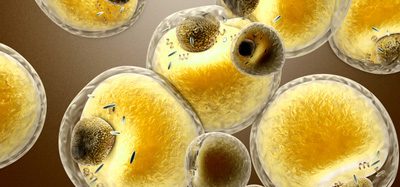Expert view: Improving hit-to-lead results
Posted: 11 December 2017 | Alan Fletcher (VP and General Manger of Discovery Instruments and Reagents at PerkinElmer) | No comments yet
Declining R&D productivity is a key challenge in the pharmaceutical industry today.
To increase the success rate of candidate drugs entering the clinical phase, companies have to address the early stages of drug discovery.
In screening, the quality of hits can be improved by using more complex models, such as 3D microtissues grown from patient-derived primary cells or human iPS cells, which should better predict therapeutic outcomes, and by phenotypic screening approaches that are not biased towards a mechanism of action.
The increasing cost per data point can be offset by optimised libraries and by extracting multi-parametric, phenotypic readouts from technologies such as high-content screening.
This enables scientists to rank hits based on richer information before they progress to secondary screening. When it comes to lead optimisation, target-based assays are still the most affordable means of rapidly performing fast iterations and remain core to screening. However, the desire for biological relevance is driving ongoing growth in cell-based assays.
Meanwhile, screeners are continuing to streamline processes by eliminating time-consuming steps such as washing, by generating multiple readouts simultaneously from a single well with multiplex assays, or by using automation to free up scientists to work on other tasks, for 24/7 operation, and to reduce human bias and human error. Increasingly complex screens generate huge amounts of data that scientists need to manage, store and analyse. Consequently, more and more organisations are exploring cloud-based solutions for storage and scalable access to high-performance computing.
Discovery teams must also find new ways to combine data from different sources to gain more complete views of their lead compounds to reduce late-stage failure rates, to uncover potential targets of phenotypic leads, and to ultimately better predict successful candidates.
Related topics
Drug Discovery, Hit-to-Lead, Research & Development, Screening, Therapeutics
Related organisations
PerkinElmer
Related people
Alan Fletcher








